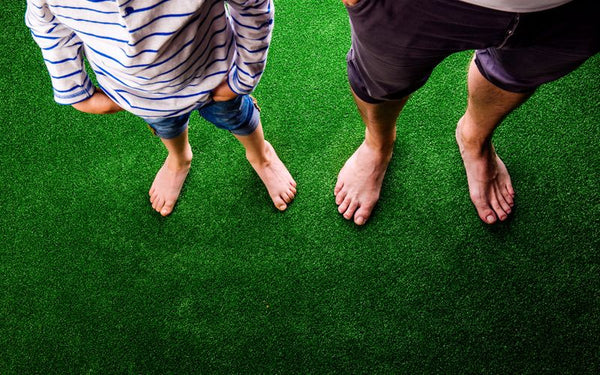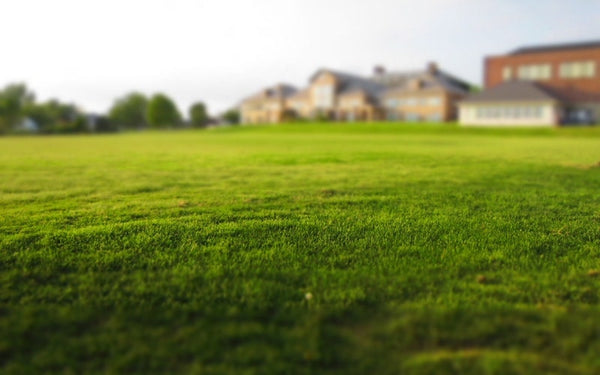Your Definitive Guide on How Windows Melt Artificial Grass and What You Can Do to Stop Reflections Ruining Your Turf
There are so many benefits to artificial turf grass it's a wonder people in certain climates ever keep natural grass around at all. Fake grass requires no water, no fertilizer or lime, and it never needs to be mowed. Clearing artificial grass is even easier, too. You can usually use a blower to lift off leaves and pine needles, and it responds will to raking as well.
As it needs no water or fertilizing, artificial grass is great for the environment and once installed it is much cheaper to maintain than an actual living lawn. And when you get high quality fake turf grass, it looks great, too.
That is... until it doesn't. The great looks and the cheap maintenance of artificial turf grass can both be erased in a flash, as it were, when solar reflections of windows melt artificial grass and leave it looking terrible. The good news is that you can stop window glare melting fake grass using window film from Turf Guard Window Film.
How Can Window Reflections Melt Artificial Grass?
Like any plastic-based product, turf grass has a melting point. High quality polyethylene artificial turf can withstand high heats such as those 100-plus degree days so common in summer (and all the more common as the globe heats up), but as temperatures approach 175 degrees and warmer, the fake grass is likely to melt. Now, what can create a temperature that hot in your yard? Window glare. Greatly increased heats is created when sunshine gets reflected off the highly shiny surfaces of energy efficient windows and, when compound with ambient heat and falling onto the grass, it creates devastating heat. And once the artificial grass reaches its melting point, it can in shrink and contract or melt down permanently.
Artificial Grass Melting Issues
There are a number of factors that all contribute to the damage of artificial grass. These include exposure to direct sunshine and ambient temperature. On the hottest, sunniest summer days, the solar energy of direct sunlight can be powerful. Unlike natural grass, fake turf cannot manage its temperature; there are no roots to draw down heat, and it holds no moisture that can help with cooling.
When reflected sunshine is added to an already warm day, the damage is much more likely. And when this light is reflected off energy efficient low-e (or low emissivity) windows it is all the more potent.
Low e-glass is employed in windows designed to create maximum rejection of solar heat; they reflect much of the hotter invisible light from the sun while still allowing visible to enter the home. These windows are used to keep homes cooler and more energy efficient and cost effective, but they can wreak havoc on the landscaping outside.
How to Stop Grass Melting from Window Reflections?
The best way to protect your artificial grass against melting without having to replace your energy efficient low-e windows is to use Turf Guard Window Film to send then light bouncing off the glass scattering in all directions instead of concentrating on your yard. Our UV-blocking perforated window film goes on the outside of your windows and will not reduce how well they block solar heat and will not block your view through the windows, but Turf Guard Window Film will stop sunlight from bouncing off the glass in hot beams that can melt turf grass.










